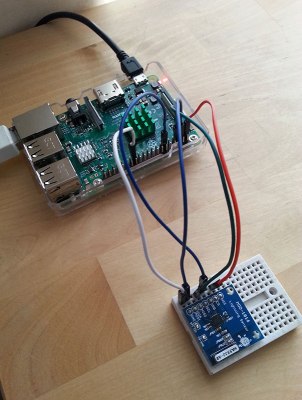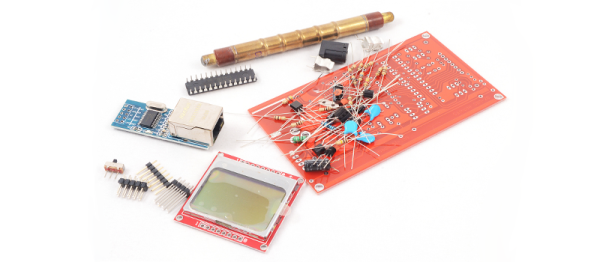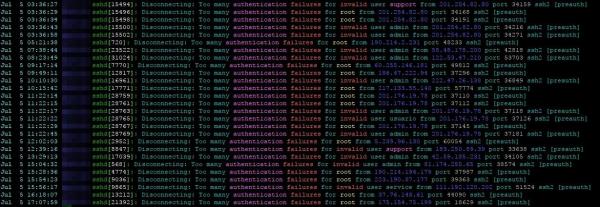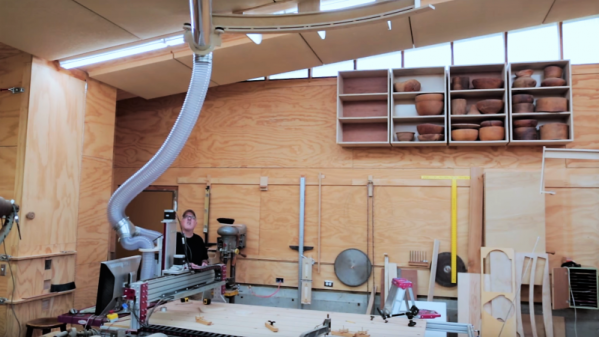How quickly would you say yes to being granted the power to control lightning? Ok, since that has hitherto been impossible, what about the lesser power of detecting and tweeting any nearby lightning strikes?
 Tingling at the possibility of connecting with lightning’s awesome power in one shape or another, [Hexalyse] combined AMS’s lightning sensor chip with a Raspberry Pi and a whipped up a spot of Python code to tweet the approach of a potential storm. Trusting the chip to correctly calculate strike data, [Hexalyse]’s detector only tweets at five minute intervals — because nobody likes a spambot — but waits for at least five strikes in a given time frame before announcing that a storm’s-a-brewing. Each tweet announces lightning strike energy, distance from the chip, and number of strikes since the last update. If there haven’t been any nearby lightning strikes for an hour, the twitter feed announces the storm has passed.
Tingling at the possibility of connecting with lightning’s awesome power in one shape or another, [Hexalyse] combined AMS’s lightning sensor chip with a Raspberry Pi and a whipped up a spot of Python code to tweet the approach of a potential storm. Trusting the chip to correctly calculate strike data, [Hexalyse]’s detector only tweets at five minute intervals — because nobody likes a spambot — but waits for at least five strikes in a given time frame before announcing that a storm’s-a-brewing. Each tweet announces lightning strike energy, distance from the chip, and number of strikes since the last update. If there haven’t been any nearby lightning strikes for an hour, the twitter feed announces the storm has passed.
It just so happened that as [Hexalyse] finished up their project, a thunderstorm bore down on their town of Toulouse, France putting their project to the test — to positive success. Check out the detector’s tweets (in French).
We recently featured another type of lightning detector that auto-deploys a lightning rod once a storm arrives!






















